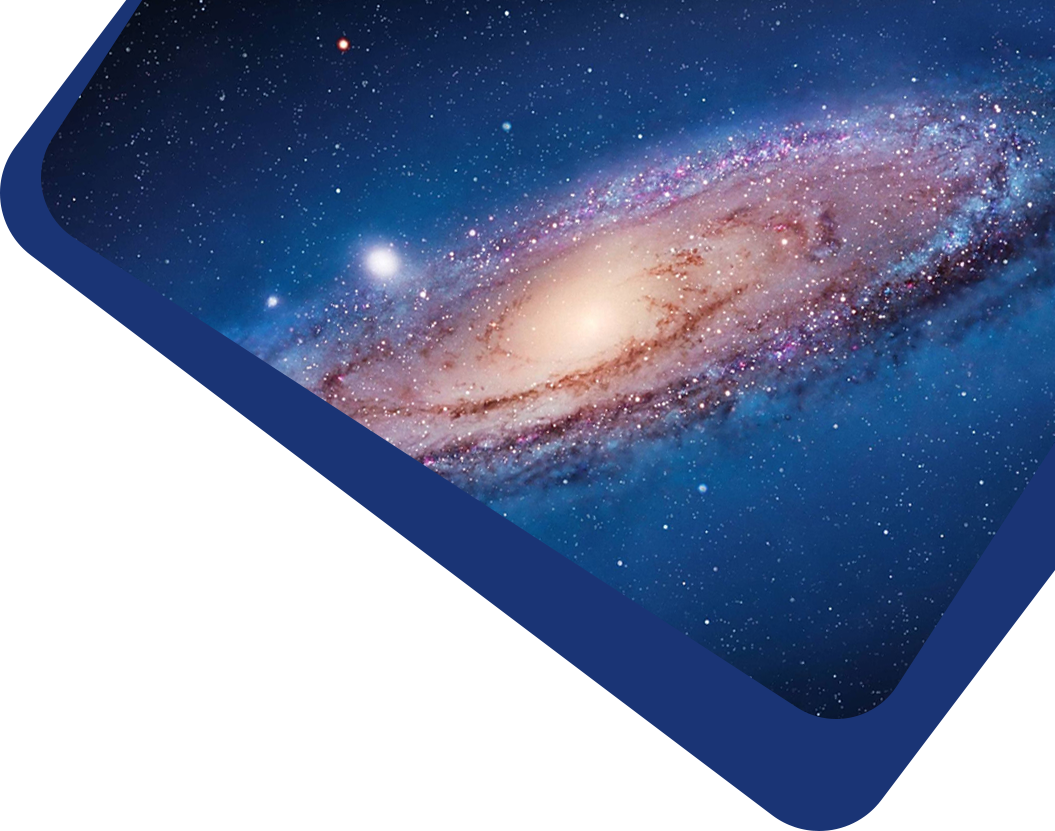

Through the analysis of representative samples of field galaxies, both local (z ∼ 0.027) and distant (z ∼ 0.7), we explore the barred galaxy fraction and its dependence on stellar mass, color, and morphology, aiming to understand the evolution of these structural components through cosmic time. To this end, two complementary bar detection techniques were employed: elliptical isophote fitting and two-dimensional Fourier analysis, both applied to deep optical images. The observational samples were drawn from previously established and calibrated catalogs to ensure a homogeneous selection in stellar mass, enabling a robust comparison between local galaxies (z ∼ 0.027) and those in the distant Universe (z ∼ 0.7). This study systematically applies both isophotal fitting and Fourier decomposition across a wide redshift range,offering a comprehensive view of the evolution of bar incidence as a function of stellar mass and morphology. The results indicate that the fraction of barred galaxies is significantly higher in the local Universe than at earlier epochs,particularly among spiral galaxies. Furthermore,a clear correlation is observed between the presence of bars and stellar mass, especially in the high-mass regime ( ). In distant galaxies,this fraction is lower across all mass ranges,which may be related to more active dynamical processes. Overall,the findings reinforce the idea that stellar bars emerge as a consequence of dynamical cooling and the progressive stabilization of galactic disks,playing a key role in gas transport and the internal structural evolution of galaxies from z ∼ 1 to the present day.
). In distant galaxies,this fraction is lower across all mass ranges,which may be related to more active dynamical processes. Overall,the findings reinforce the idea that stellar bars emerge as a consequence of dynamical cooling and the progressive stabilization of galactic disks,playing a key role in gas transport and the internal structural evolution of galaxies from z ∼ 1 to the present day.
Galaxy: kinematics and dynamics– galaxies: general– galaxies: evolution– galaxies: distances and redshifts– galaxies: luminosity function, mass function– Galaxy: disk
There are currently no refbacks.
It accepts original submissions from all over the world and is internationally published and distributed by IOP